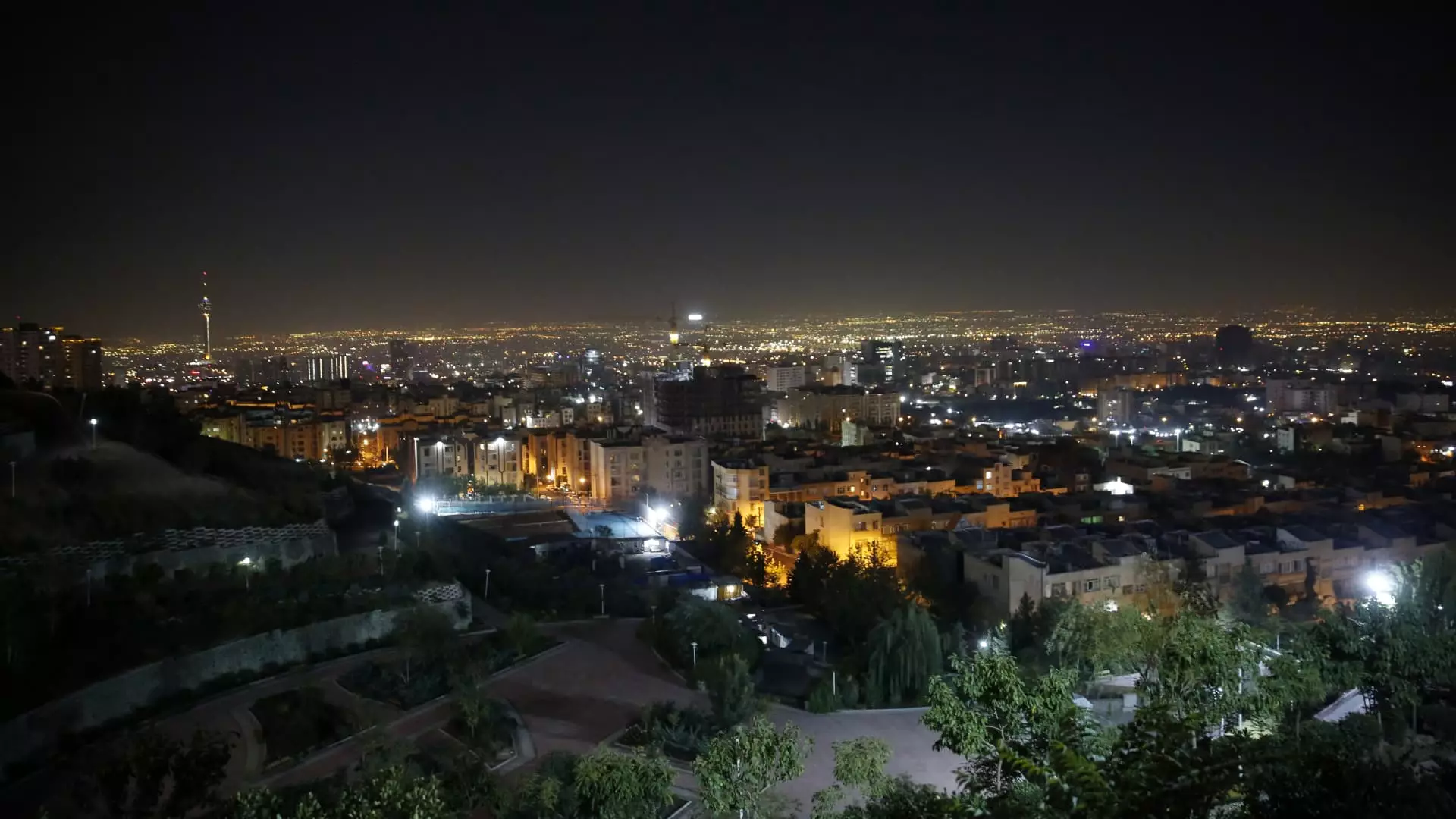The recent military engagement between Israel and Iran marks a significant juncture in Middle Eastern politics, as the two nations find themselves embroiled in an intensifying cycle of retaliation and threats. On an early Saturday morning, Israel conducted airstrikes on military installations within Iran, framing its actions as a response to an Iranian provocation earlier this month. However, the specific targets chosen for these strikes, reportedly avoiding sensitive nuclear and oil sites, suggest a calculated approach influenced by international pleas for restraint amidst an already volatile regional dynamic.
Tension between Iran and Israel has surged following an October 7, 2023 assault on Israel by Hamas, which is backed by Iran. This triggered a series of escalatory measures from both parties, peaking with Iran’s launch of approximately 200 ballistic missiles aimed at Israel on October 1. The geopolitical landscape further complicates with the conflict in Lebanon, where Hezbollah, another ally of Iran, is actively engaging with Israeli forces, prompting fears of a broader conflict on multiple fronts. The region’s ongoing instability underscores the intricate web of alliances and animosities that define this area.
Israel’s military operations involved a coordinated strike comprising three waves, aimed primarily at missile manufacturing facilities and missile defense systems in Iran. This strategy exemplifies Israel’s focus on preemptive defense, targeting capabilities that could threaten its national security. Despite Iran’s claims of thwarting the attacks through its air defenses and suffering only limited damage, the Iranian military did report casualties, leaving no doubt that the strikes had a tangible impact. Notably, Israel’s decision to refrain from striking nuclear and oil infrastructures aligns with the U.S. administration’s stance against such escalations, reflecting the broader international pressures to avoid a larger scale conflict.
Iran’s rhetoric in the aftermath of the strikes has been assertive, suggesting a “proportional reaction” could follow. Such statements indicate Iran’s intent to retaliate, reinforcing a narrative of sovereignty and resistance against perceived aggressions from Israel. The Iranian media’s portrayal of the situation, including footage of everyday life continuing in Tehran, appears to be a strategic move to project stability and resilience, despite the underlying tensions.
The dynamics of military engagement are further complicated by Iran’s historical commitment to respond forcefully to any perceived encroachment. The claims from Iranian authorities that international law has been violated by Israeli actions provide a framework for justifying future military responses, thus perpetuating the cycle of retaliation.
International Involvement and Reactions
As the drama unfolds, the role of the United States remains a critical factor. Washington’s position, articulated by President Joe Biden, explicitly discourages direct confrontation over Iran’s nuclear facilities, urging Israel to exercise caution in its military operations. Notably, while the U.S. was informed prior to the strikes, it distanced itself from direct involvement, illustrating a complex relationship where Israel acts on its prerogatives while still under the watchful eye of its ally.
International reactions also reflect an emerging consensus that stability in the region must be prioritized. Saudi Arabia’s condemnation of the strikes highlights not only the importance of Iranian sovereignty but also the precarious balance of newly mended ties between previously rival nations. As these relationships evolve, they may play pivotal roles in mediating or exacerbating tensions in light of ongoing hostilities.
Negotiations aimed at achieving a ceasefire in Gaza and facilitating the release of hostages indicate a potential opening for de-escalation amid the chaos. The involvement of regional players in dialogue could prove critical in navigating through these turbulent waters. However, the significant power plays between Iran and Israel, along with the growing influence of groups such as Hezbollah, suggest that peace remains elusive.
As Israeli military officials remain vigilant and prepared for potential Iranian counteractions, the situation calls for continuous observation and strategic diplomacy from global powers. The interplay of military readiness and diplomatic efforts will ultimately shape the future of relations between Israel and Iran as well as the broader geopolitical landscape in the Middle East.
The unfolding conflict between Israel and Iran serves as a reminder of the complexities inherent in international relations, particularly in a region characterized by long-standing grievances and conflicts. Each military action reverberates through a network of alliances, ambitions, and historical enmities, leaving the world to ponder whether diplomatic solutions can emerge from the ashes of military engagement. The stakes are undeniably high, and the need for restraint and careful diplomatic maneuvering has never been more critical.

Leave a Reply